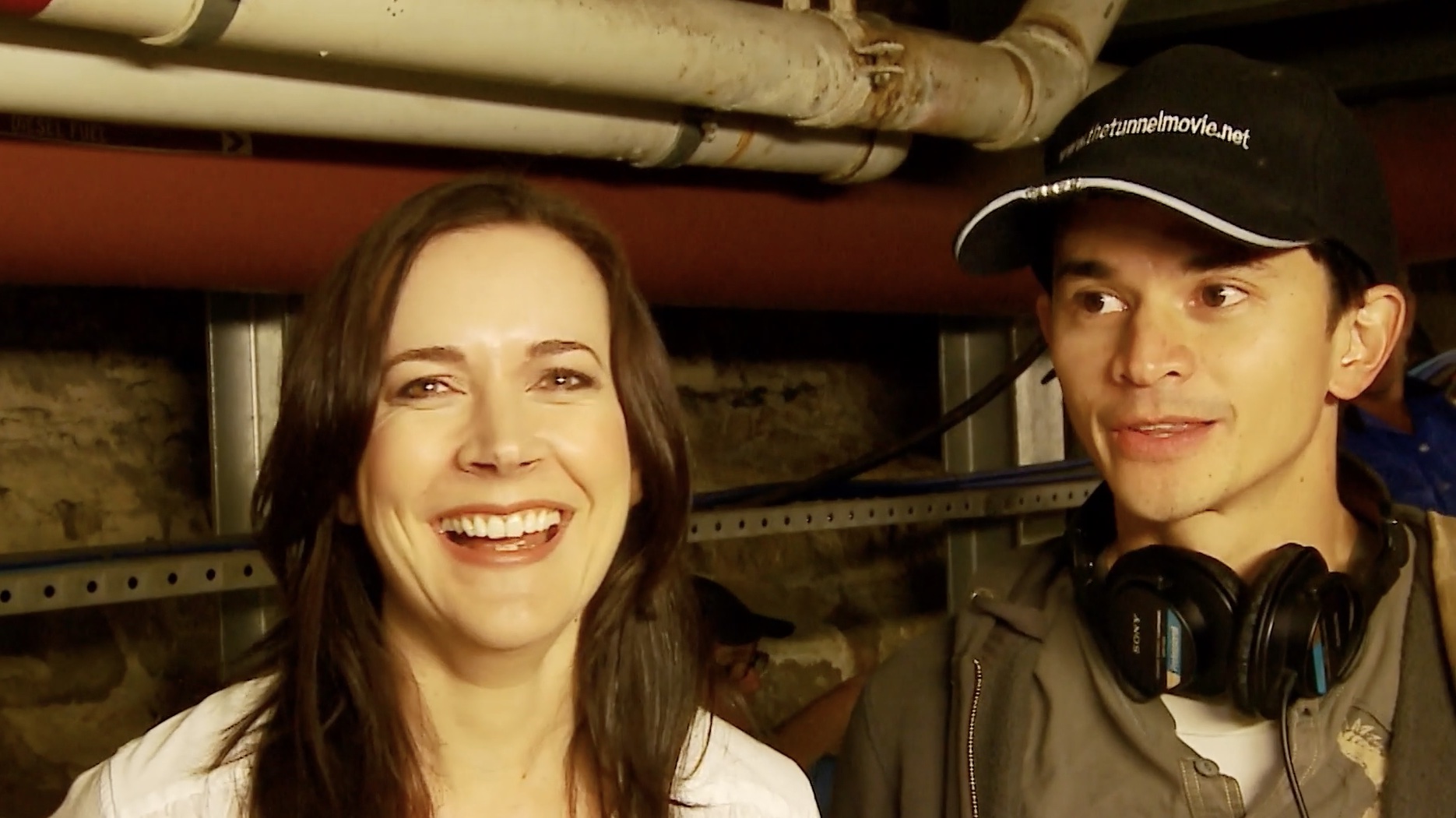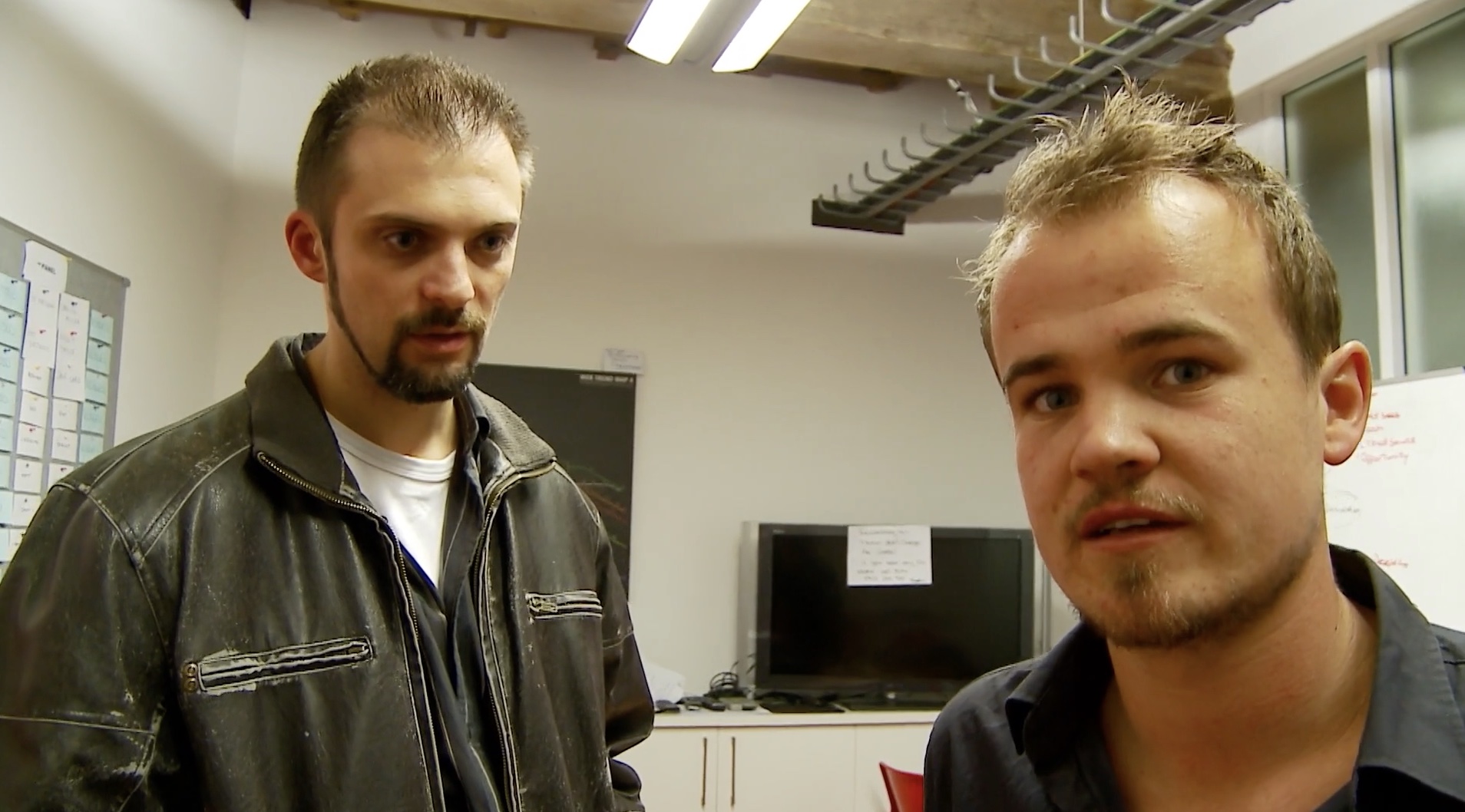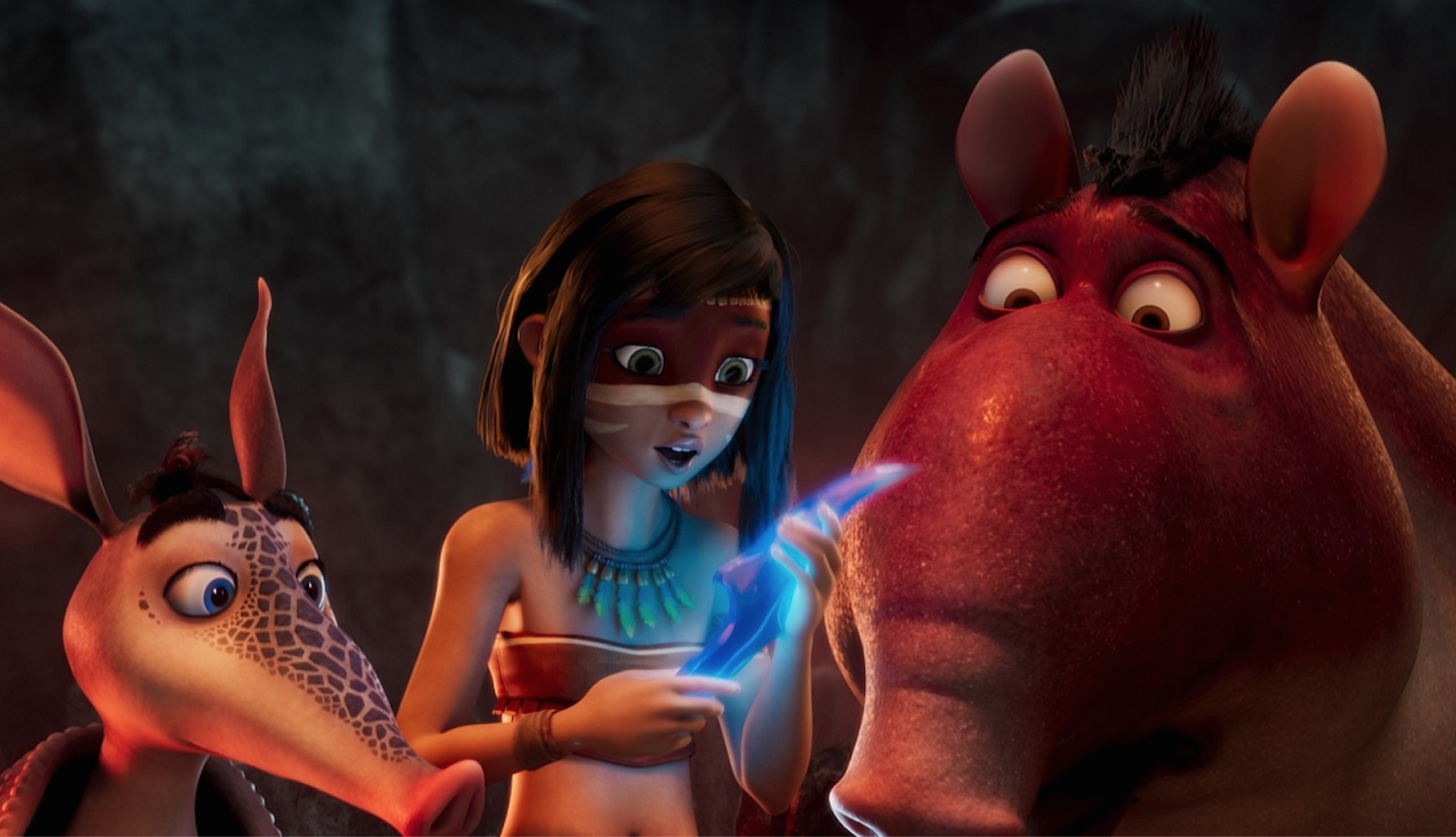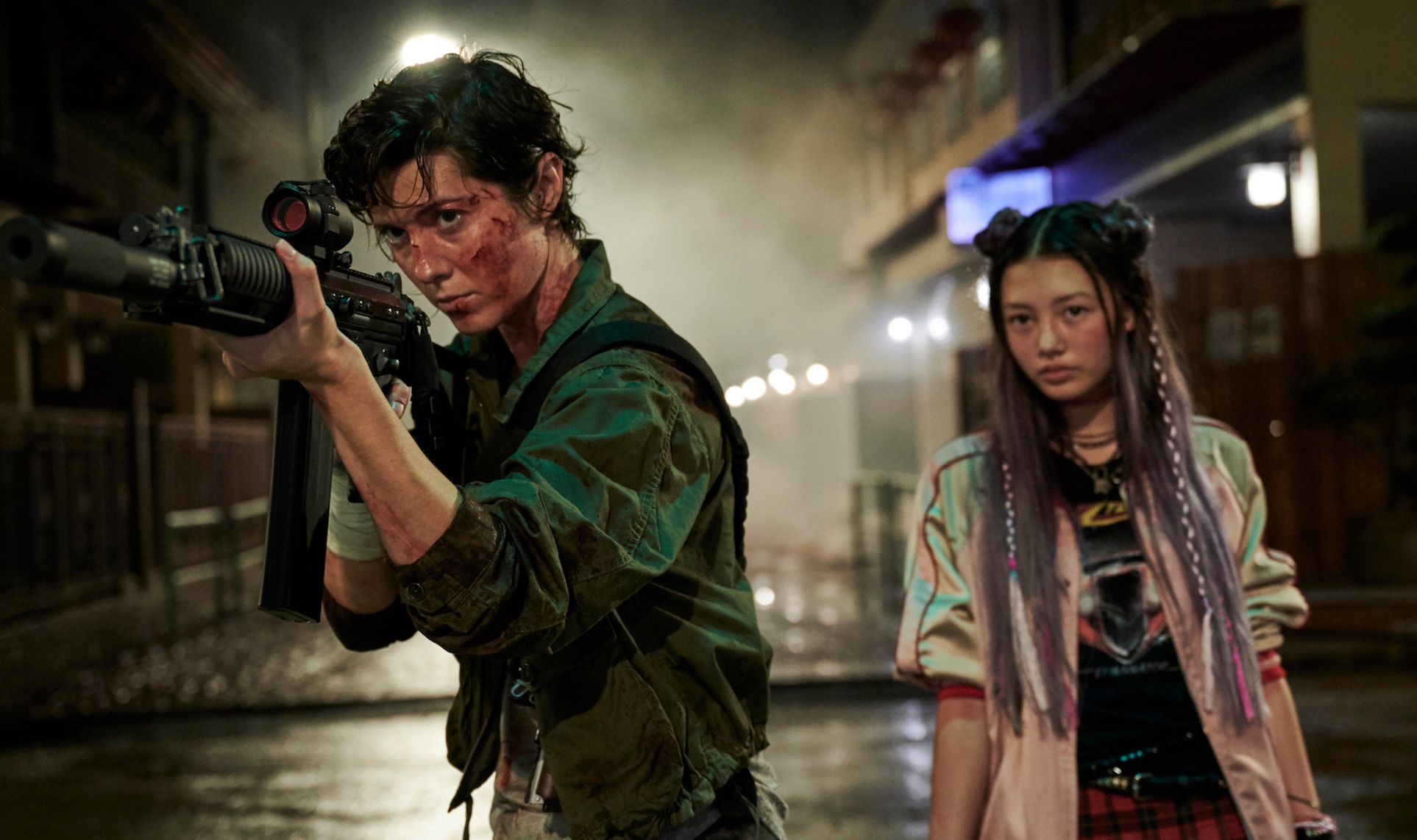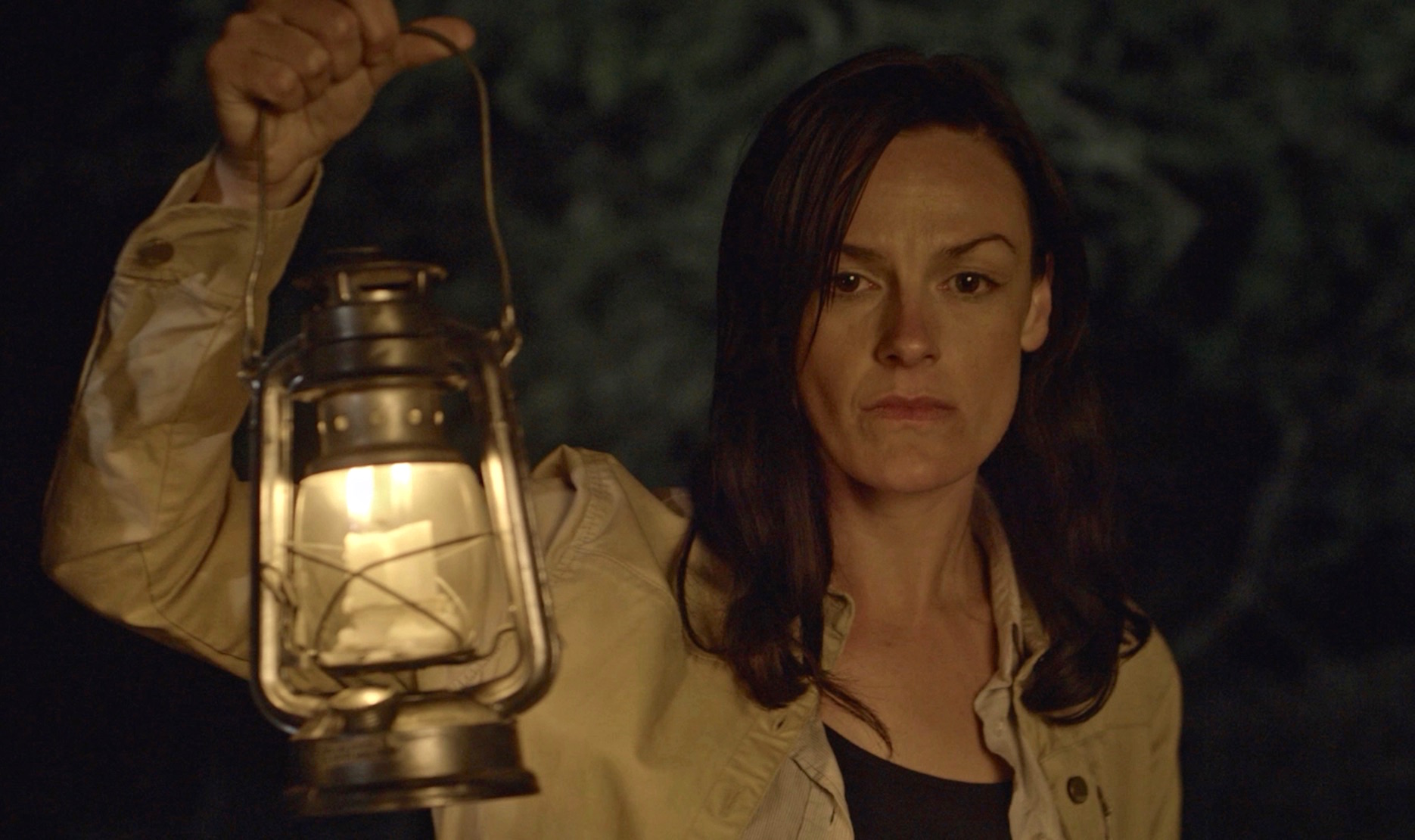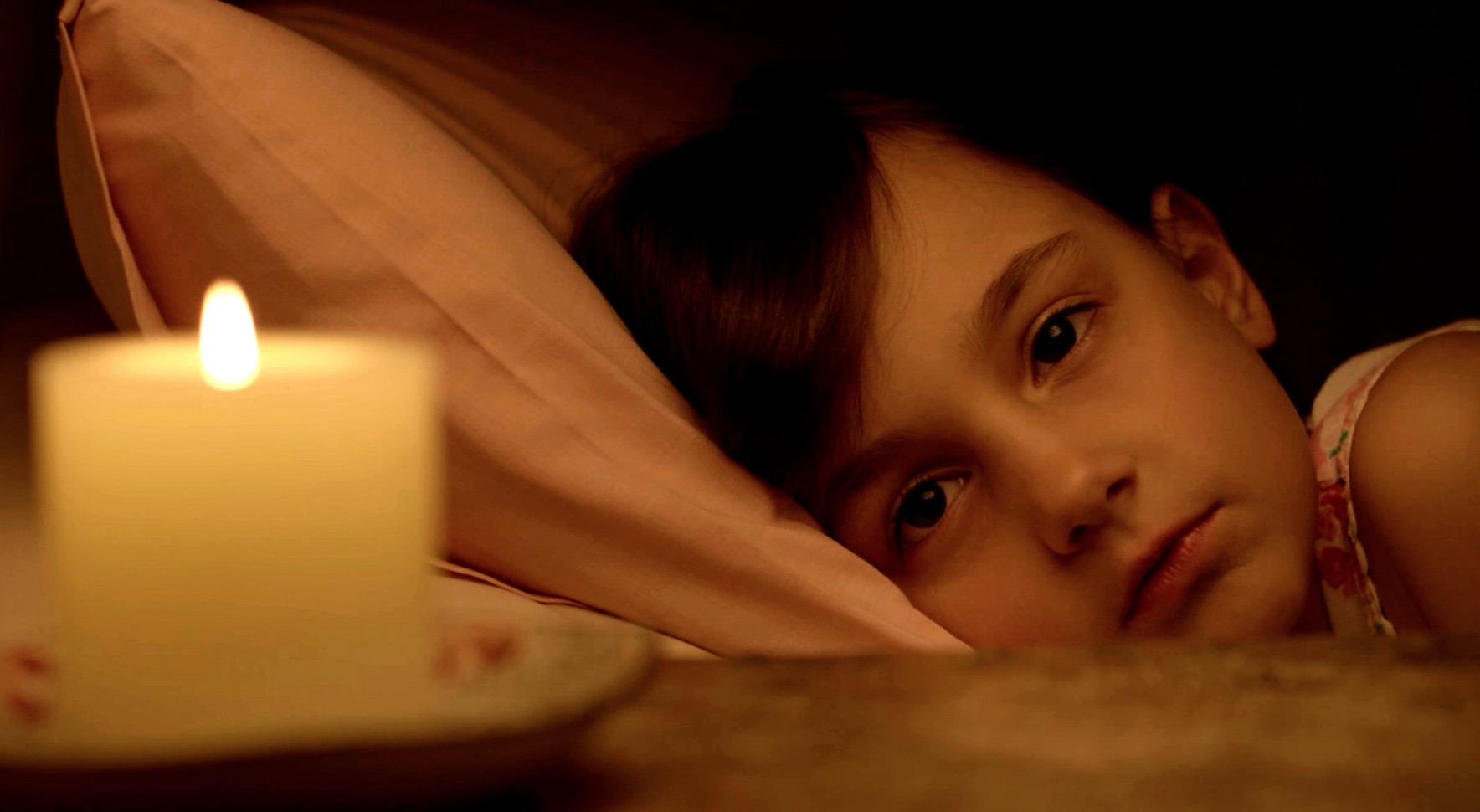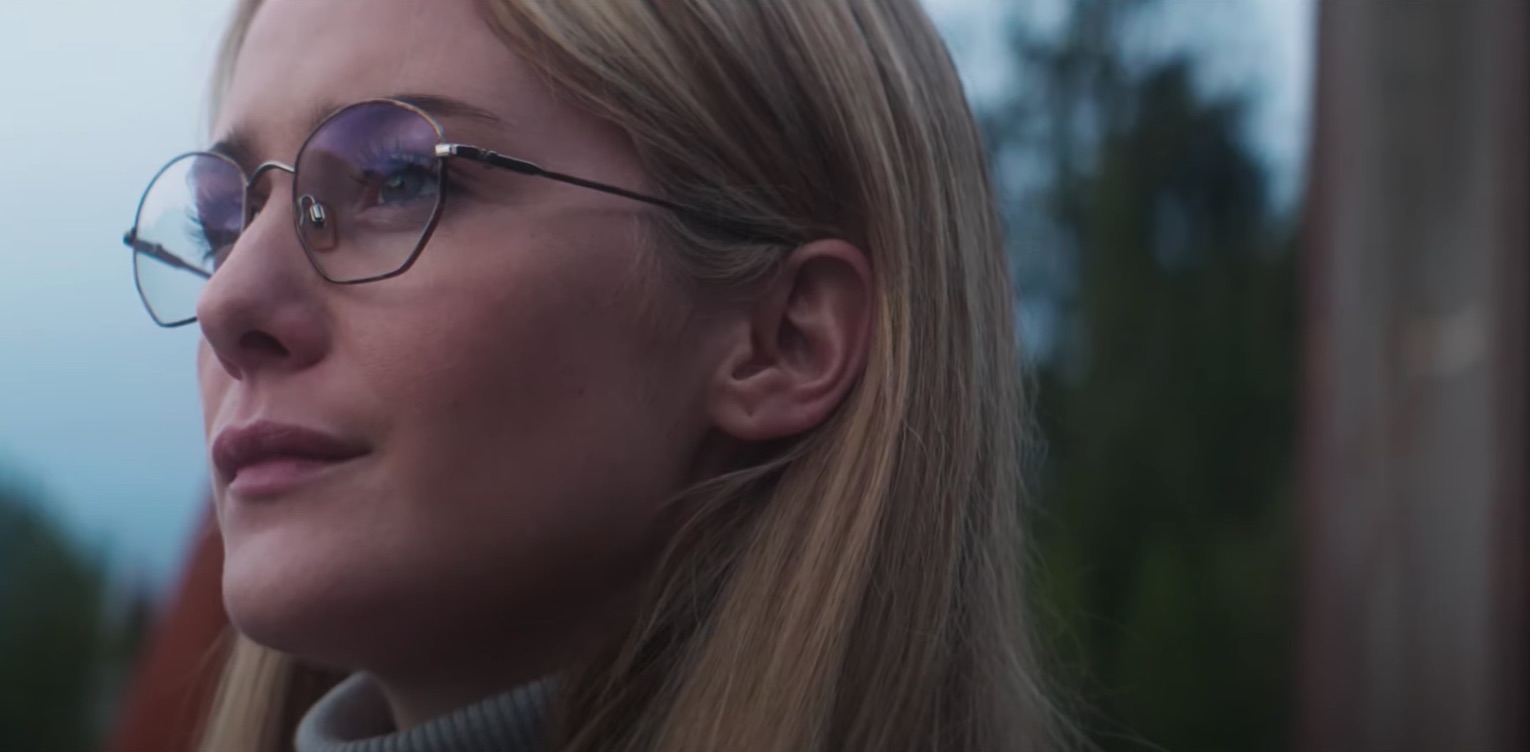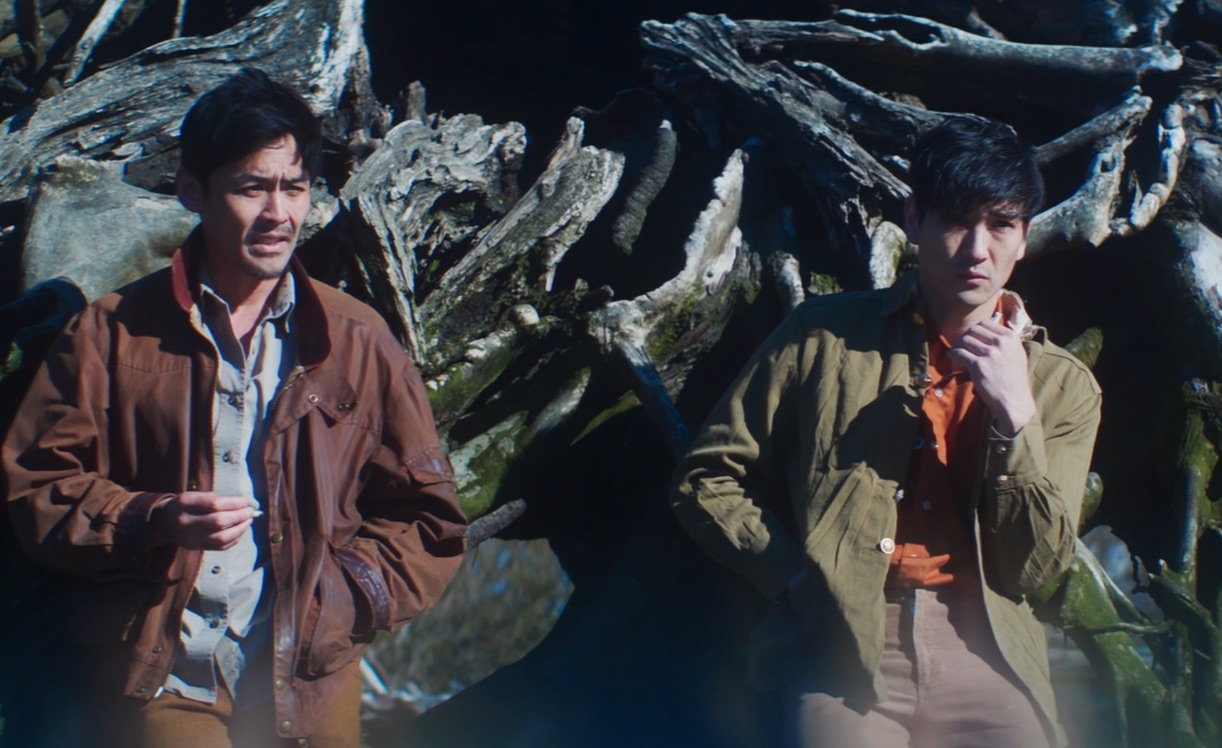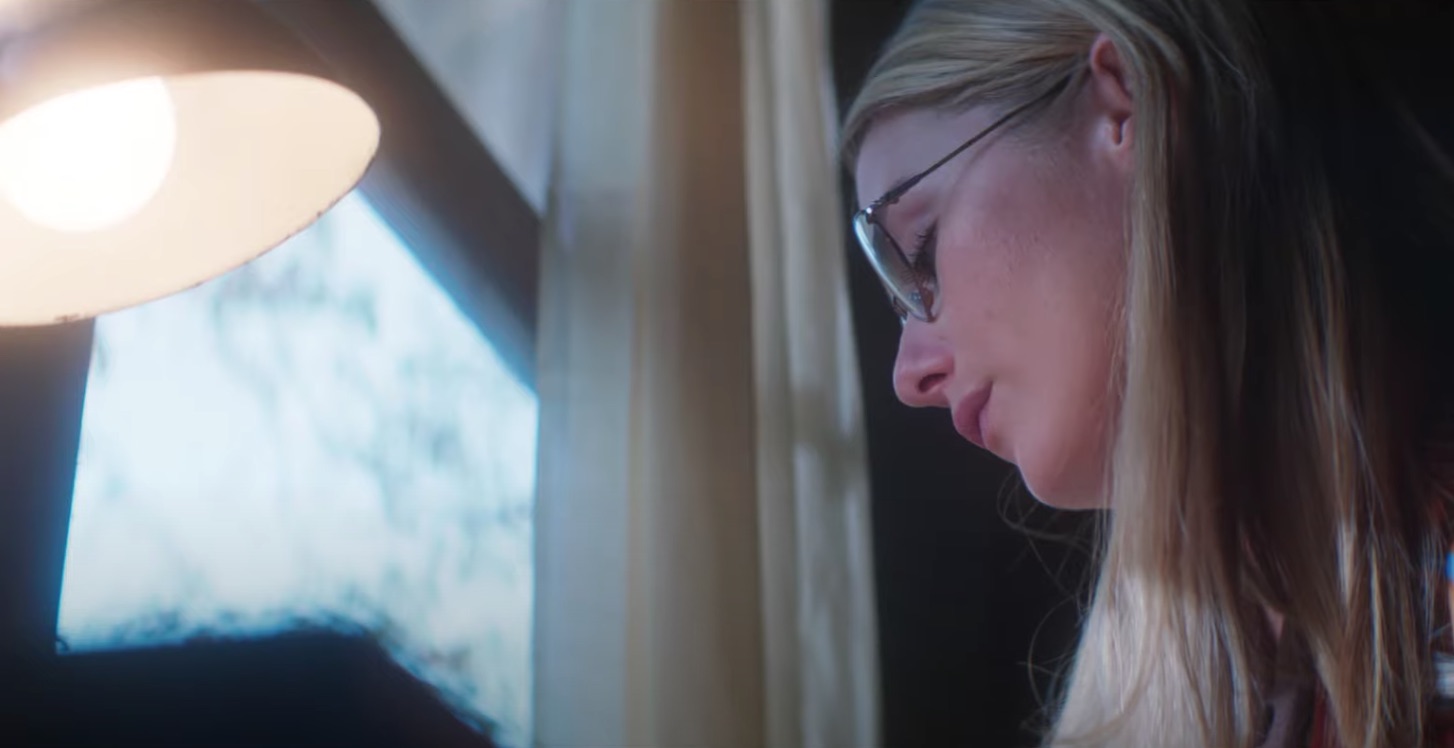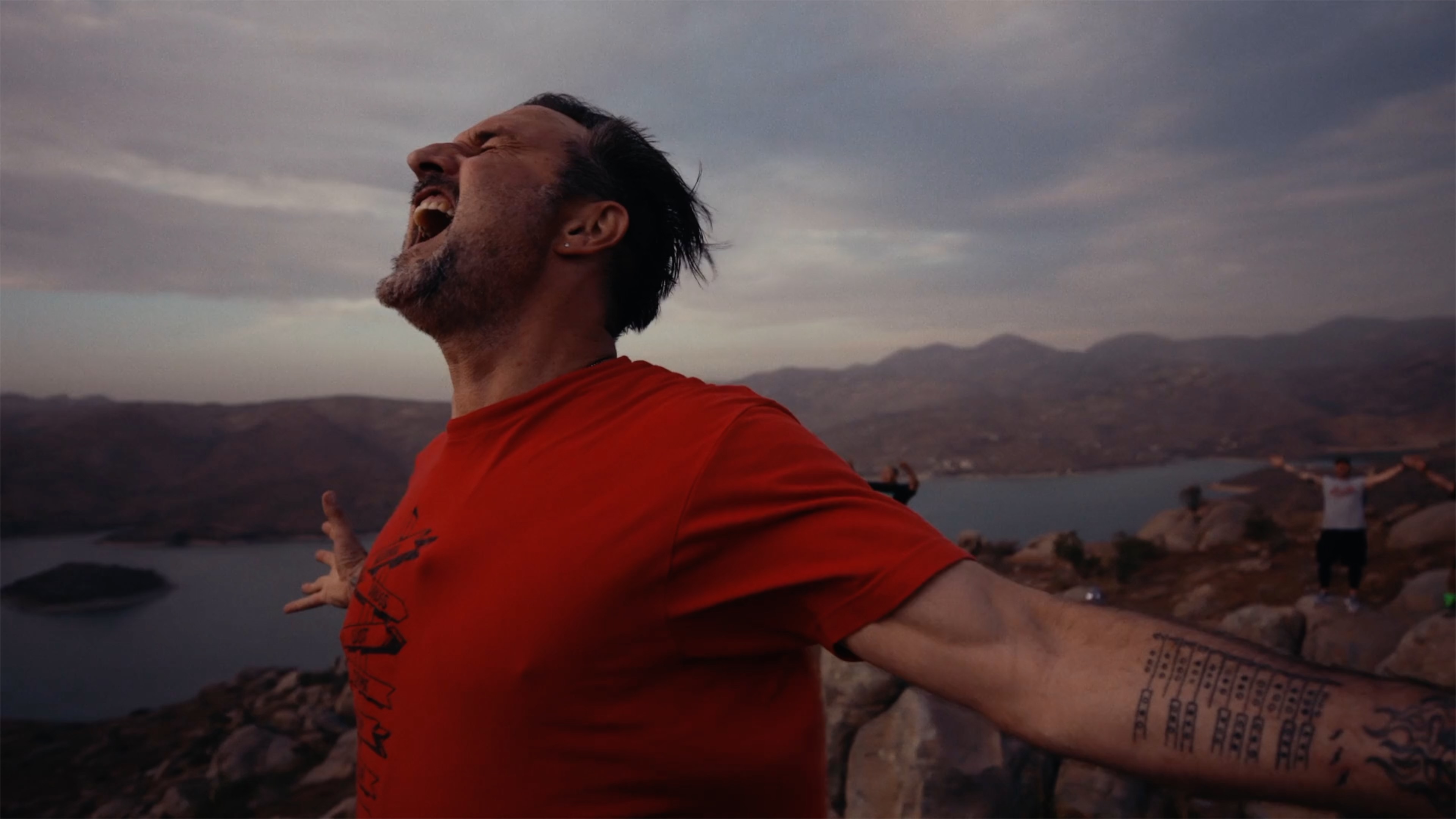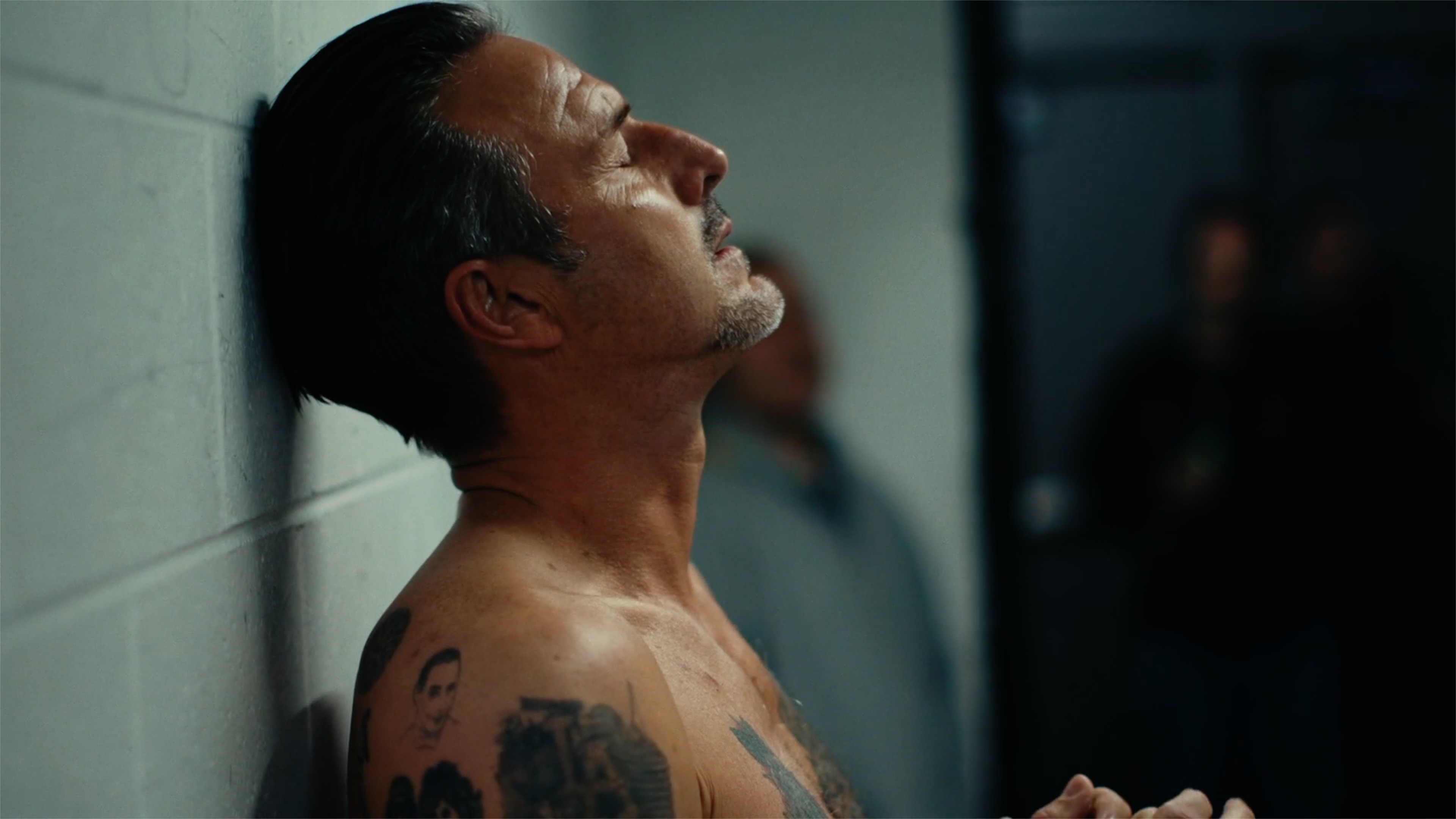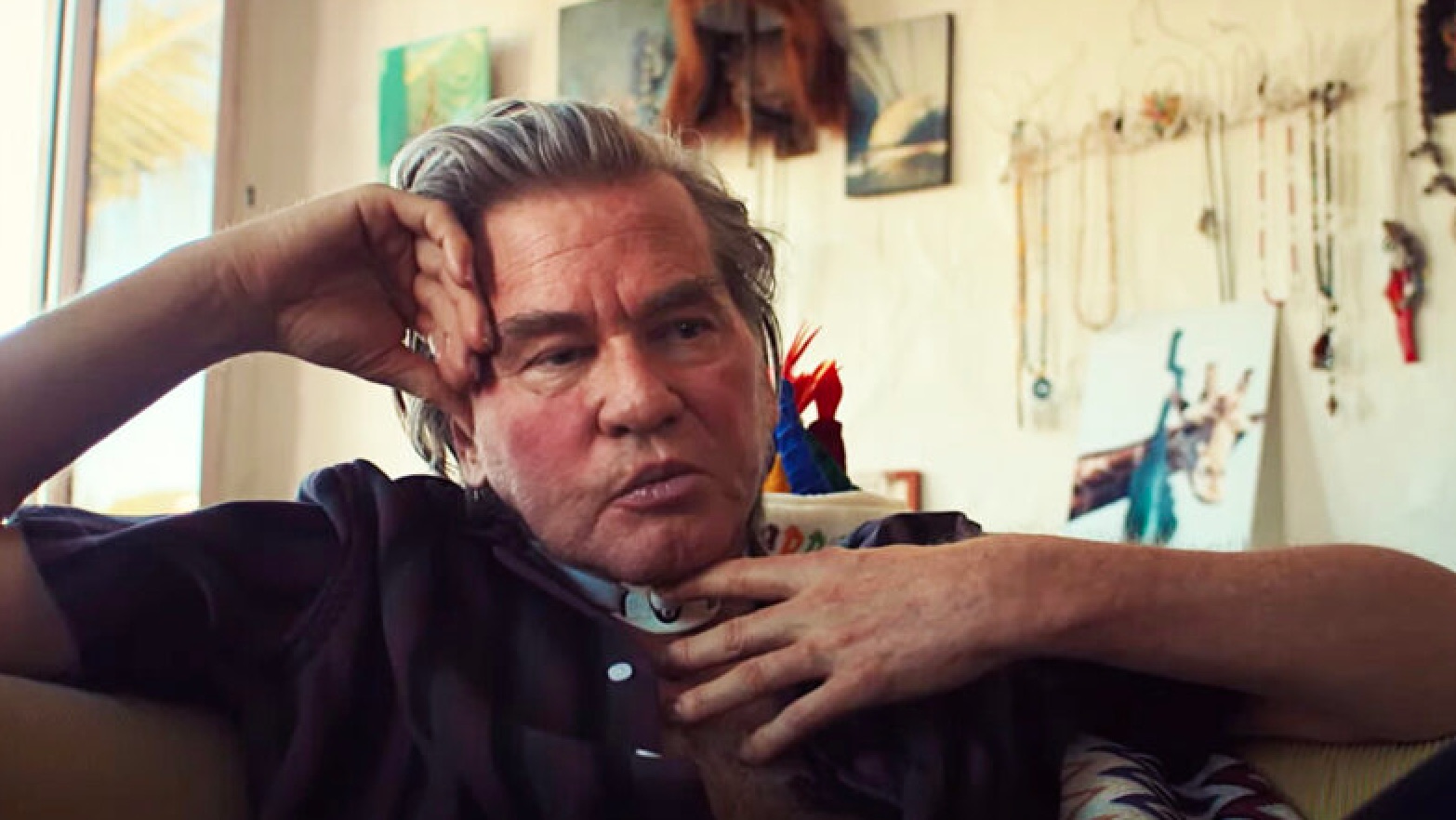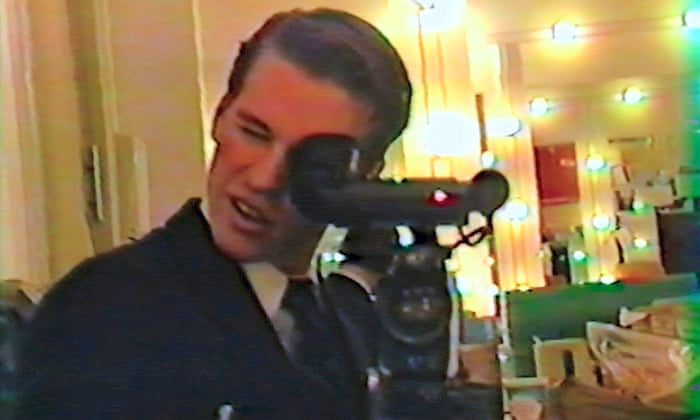INFRARED
 Thursday, January 13, 2022 at 2:00PM
Thursday, January 13, 2022 at 2:00PM
Stars: Greg Sestero, Jesse Janzen, Leah Finity, Ariel Ryan, Samantha Laurenti, Nicole Berry, Ian Hopps, Randy Nundlall Jr., Austin Blank, Robert Livings and Romulo Reyes.
Writers/directors: Robert Livings and Randy Nundlall Jr.
Rating: ★ ★ ★
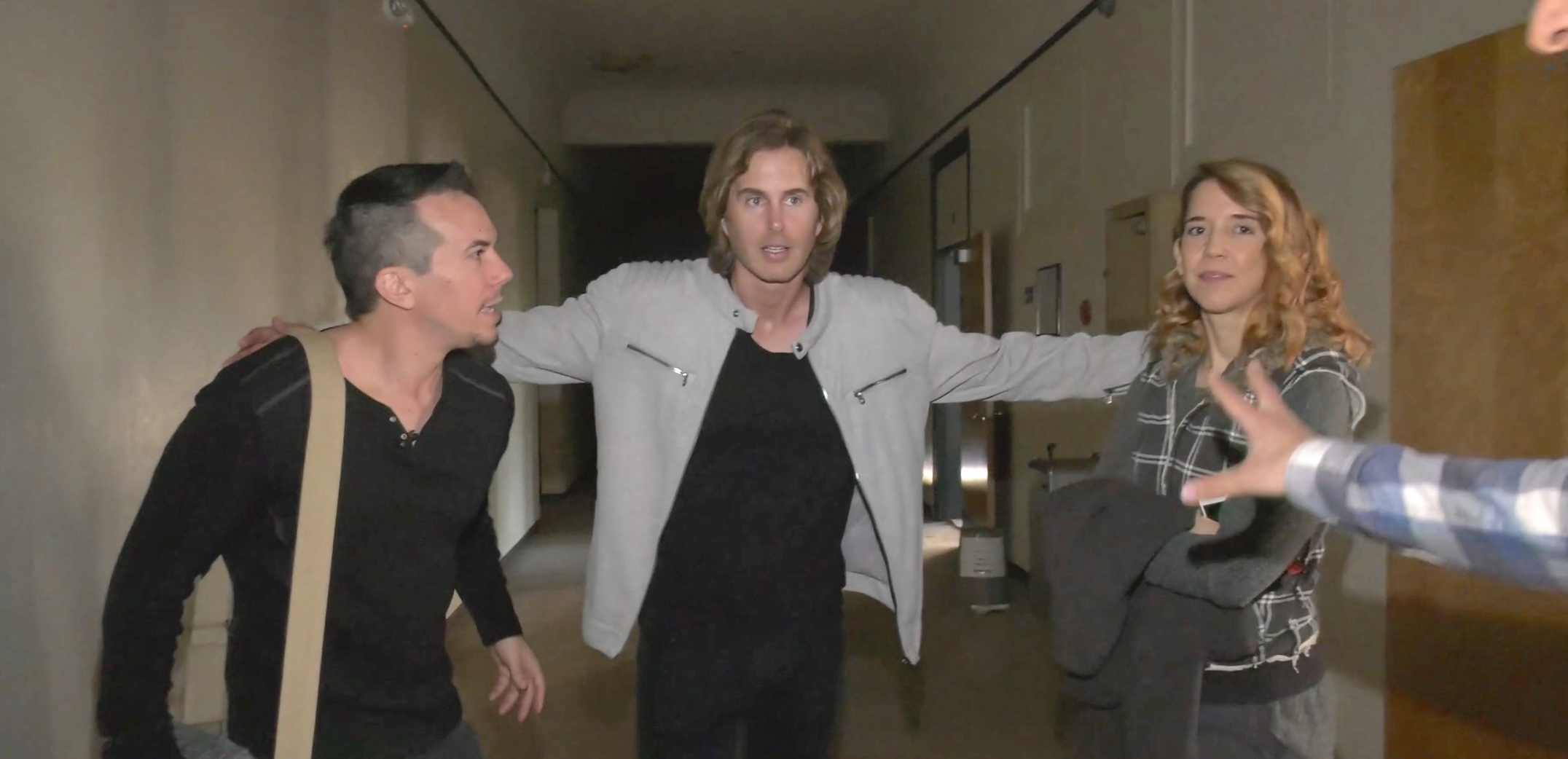
Don’t let the internet naysayers convince any prospective viewer that the found-footage sub-genre has breathed its last breath. Of course it’s not soaring as it did in those halcyon years post-Blair Witch Project, but nor is it the minefield of mediocrity and derivation that keyboard commentators would have you believe. In the second half of 2021, Shudder’s anthology pic V/H/S 94, Banjong Pisanthanakun’s The Medium, William Eubank’s Paranormal Activity: Next of Kin and the French thriller The Deep House, from Alexandre Bustillo and Julien Maury, displayed technical invention and narrative beats that made the shaky-cam cliches feel fresh, all over again.
Add to the list of better-than-expected first-person shockers Infrared, a blackly-funny, legitimately creepy riff on paranormal investigation cable shows. Some may argue that the night-vision fakery and “Did you hear that?” silliness that is de rigueur for the format makes them low-hanging fruit for satire, but co-directors Randy Nundlall Jr and Perth-born expat Robert Livings smartly conjure frights and fun with this low-budget, hi-energy effort.
Jesse Janzen plays the charismatic ghostbuster Wes, whom we first meet expunging an evil spirit from a possessed young woman. He is the host of ‘Infrared’, a showcase for his talents that he hopes will make him a reality-TV personality. His sister Izzy (Leah Finity) shares the same spiritual connectivity but prefers a quieter life, servicing those who think their homes have unwanted ghostly presences. But Wes and Izzy don’t get along, falling out over “an exorcism incident’ several years prior.
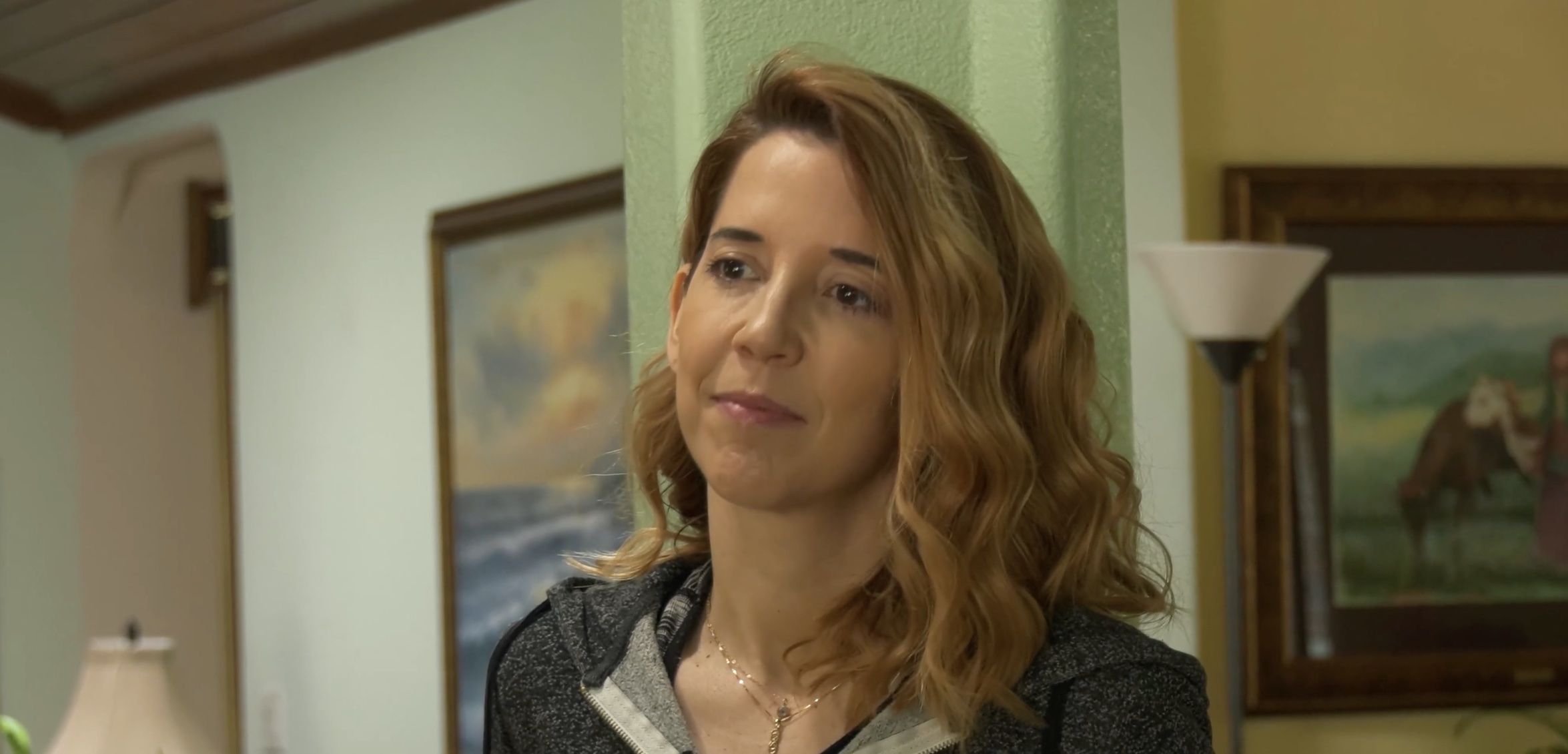
Izzy and Wes are brought back together by ‘Infrared’ producer Randy (co-director Nundlall) when the opportunity to explore the supposedly haunted Lincoln School building is presented to them by Geoff, aka “The Owner’s Manual”, played with a typically focus-pulling energy by cult figure Greg Sestero. Destined to be forever known as ‘Mark’ in Tommy Wiseau’s The Room, Sestero is an always engaging presence and is called upon to do some feverish improv and ‘big character’ work as he guides the crew around the shadowy halls and abandoned classrooms.
There are hints that the building is more than it seems (Geoff continually refers to it as ‘her’ and ‘she’) and soon, even as they start to repair their fractious relationship, Izzy and Wes find themselves at its mercy. Janzen and Finity have great screen chemistry, their sibling energy convincing and crucial to making some familiar runnin’-&-screamin’ in the final act as involving as it plays out.
In the hands of its young helmers, Infrared employs elements of the found-footage pic that are as old as handheld photography itself yet crafts them into an assured, refreshingly gore-free, gleefully good-time frightener.
 Independent,
Independent,  found footage,
found footage,  horror
horror 

